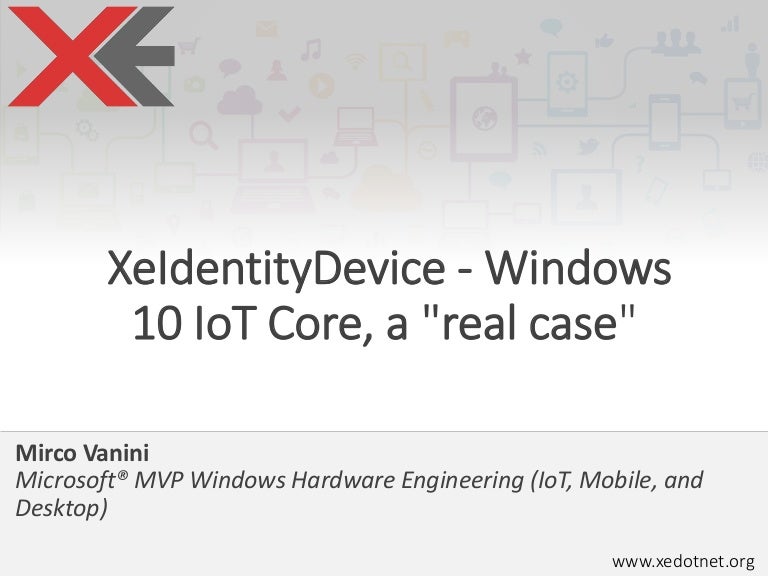

In summary mode, Task Manager shows a list of currently running programs that have a main window. Since at least Windows 2000, the CPU usage can be displayed as a tray icon in the task bar for quick glance. This setting is remembered for that user on that machine. It can be switched to a more detailed mode by clicking More Details. The first time Task Manager is invoked by a user, it shows in a simplified summary mode (described in the user experience as Fewer Details).

Since Windows 8, Task Manager has two views. Task Manager on Windows XP, showing the Processes tab Windows 9x has a program known as Close Program which lists the programs currently running and offers options to close programs as well shut down the computer. Prior versions of Windows NT, as well as Windows 3.x, include the Task List application, are capable of listing currently running processes and killing them, or creating new processes.

Task Manager was introduced in its current form with Windows NT 4.0. The program can be started in recent versions of Windows by pressing ⊞ Win+ R and then typing in taskmgr.exe, by pressing Ctrl+ Alt+ Delete and clicking Start Task Manager, by pressing Ctrl+ ⇧ Shift+ Esc, by using Windows Search in the Start Menu and typing taskmgr, by right-clicking on the Windows taskbar and selecting "Task Manager", by typing taskmgr in the File Explorer address bar, or by typing taskmgr in Command Prompt or Windows PowerShell. Task Manager can also be used to set process priorities, processor affinity, start and stop services, and forcibly terminate processes. It provides information about computer performance and running software, including name of running processes, CPU and GPU load, commit charge, I/O details, logged-in users, and Windows services. Task Manager, previously known as Windows Task Manager, is a task manager, system monitor, and startup manager included with Microsoft Windows systems. Task manager, system monitor and startup manager IA-32, x86-64, ARM and Itanium (and historically DEC Alpha, MIPS, and PowerPC)


 0 kommentar(er)
0 kommentar(er)
